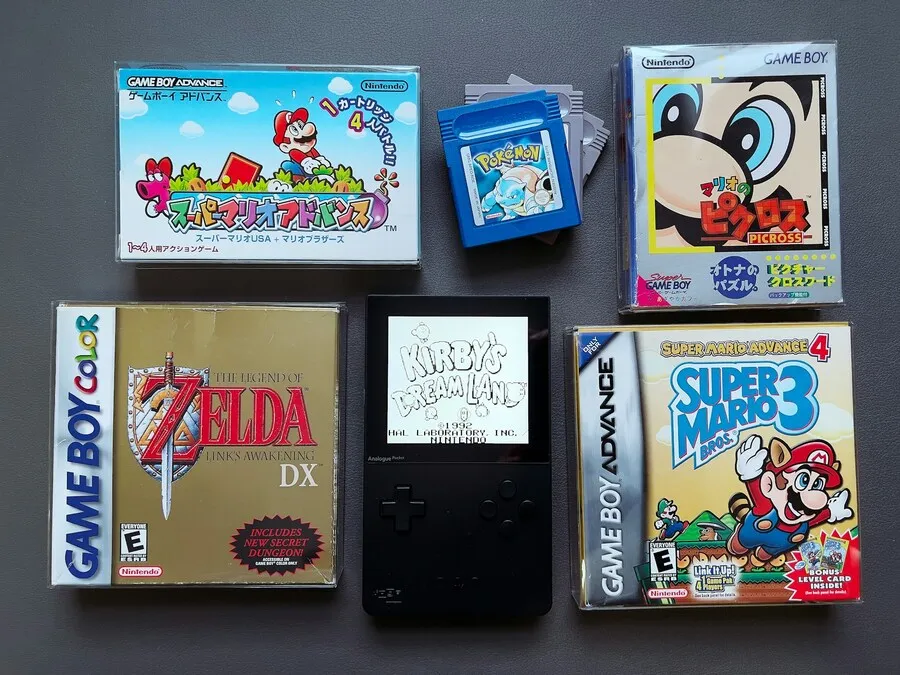Windows 7 is the latest version of Windows and is undoubtedly a favorite among many, especially those who are computer savvy. However, with a few tips and tricks your Windows 7 experience can be made absolutely memorable and enjoyable.

If you are already using Windows 7, you probably know that Windows 7 is optimized for both the earlier HDDs or the Hard Disk Drives as well as for the SSDs or the Sold State Drives. The latter are different in several aspects like they use microchips to retain the persistent data in the non-volatile RAM (Random Access Memory) and contain no moving parts. However, they use the same interface. If Windows 7 detects that there is an SSD, then it will behave differently. It will automatically disable many application prefetching and boot-time operations, like Superfetch, disk defragmentation etc. It also is capable of reducing garbage value collection with the help of the Trim command.
Now, over to some handy tweaks for the Windows 7 SSD.
Increasing the system speed can be achieved in several ways. Some of the ways are described below.
1. By disabling indexing – The process of indexing involves the creation and maintenance of a database of several file attributes. The disabling can be accomplished by going to the Start Menu then Right-Clicking on Computer, then Manage, then selecting Services from “Services and applications” and finally right clicking on Windows search and disabling the Startup type and finally clicking Ok.
2. Disabling defragmentation, Write Caching, Superfetch and enabling use of memory cache instead of the disk cache for Firefox will all contribute to increasing your computer’s speed.
You can also free up some of the disk space by doing the following:
3. By disabling the page file: First go to Start Menu, Right click on Computer, then go to Properties and subsequently to Advanced System settings, performance, the advanced Tab and change to No paging file in the Uncheck Automatically manage section. There click Set and Ok and restart your computer. You also have the option of setting a custom size of a minimum and maximum of 200 MB. Other effective ways of cleaning up extra drive space are to Disable the System restore (again from the same Advanced System settings tab as above and then simply to system protection tab and then go to configure to turn off and delete the System Protection) and by disabling the Hibernate option, then going to the Start Menu, then typing cmd, right clicking on the cmd icon, next to Run as Administrator followed by typing “powercfg-h” and finally by typing exit.
4. There is also an application called the SSD Tweak Utility that lets you tweak several things like Windows Services, Hibernation Settings, Use Large System Cache, Disable 8.3 filenames, date stamping, boot tracing, Windows Prefetcher, Indexing, System restore and Defrag.
Apart from tweaking the SSD, there are other tweaks also like the keyboard shortcuts like Alt+Tab which will switch to the previous window, Ctrl+windows+tab to do a persistent flip 3D and many more.












